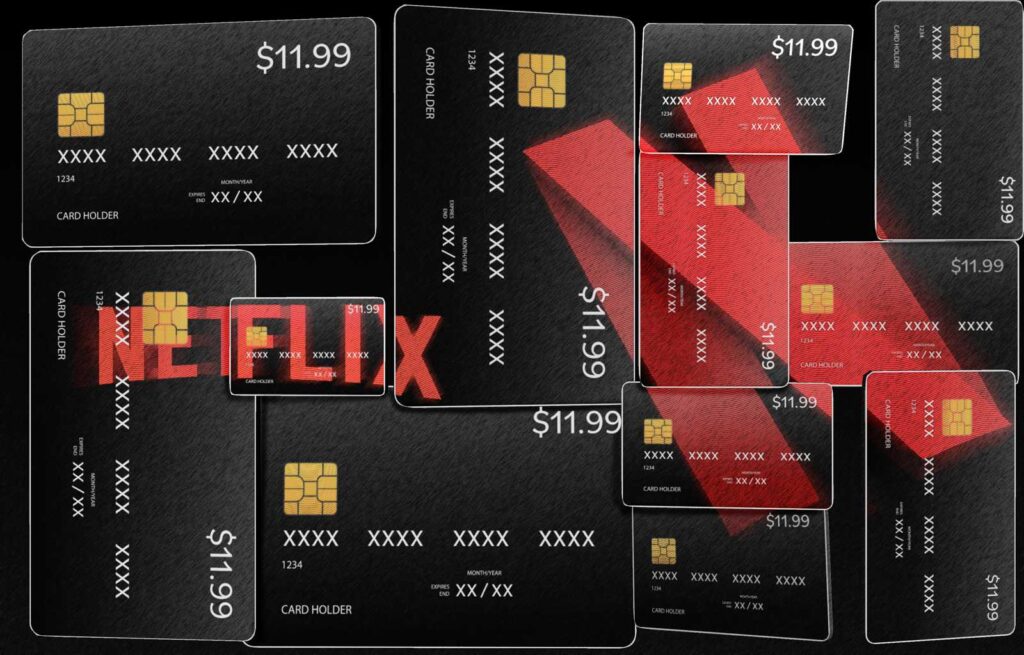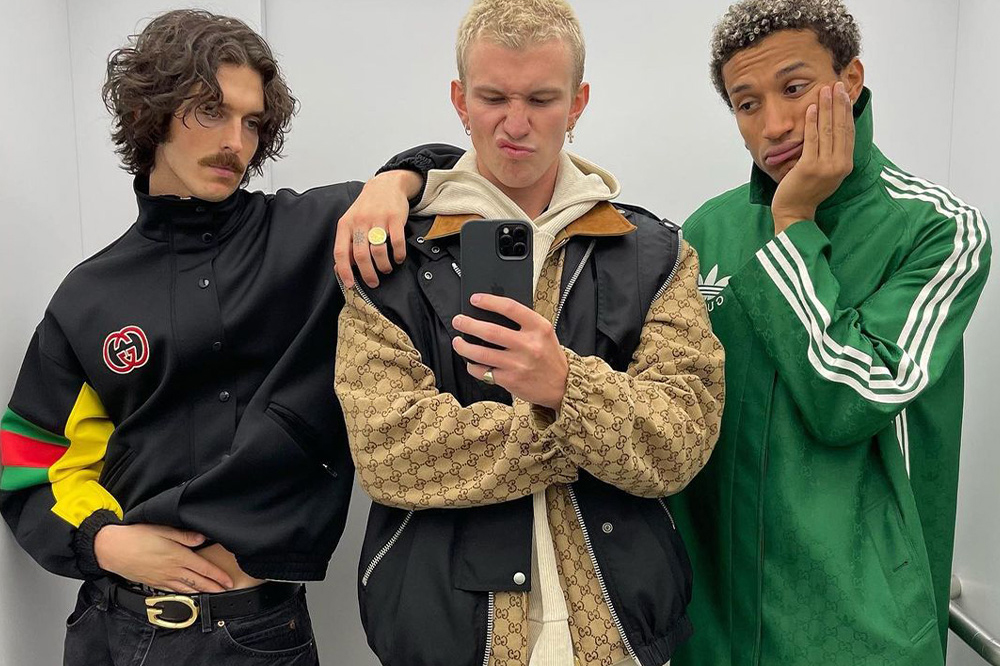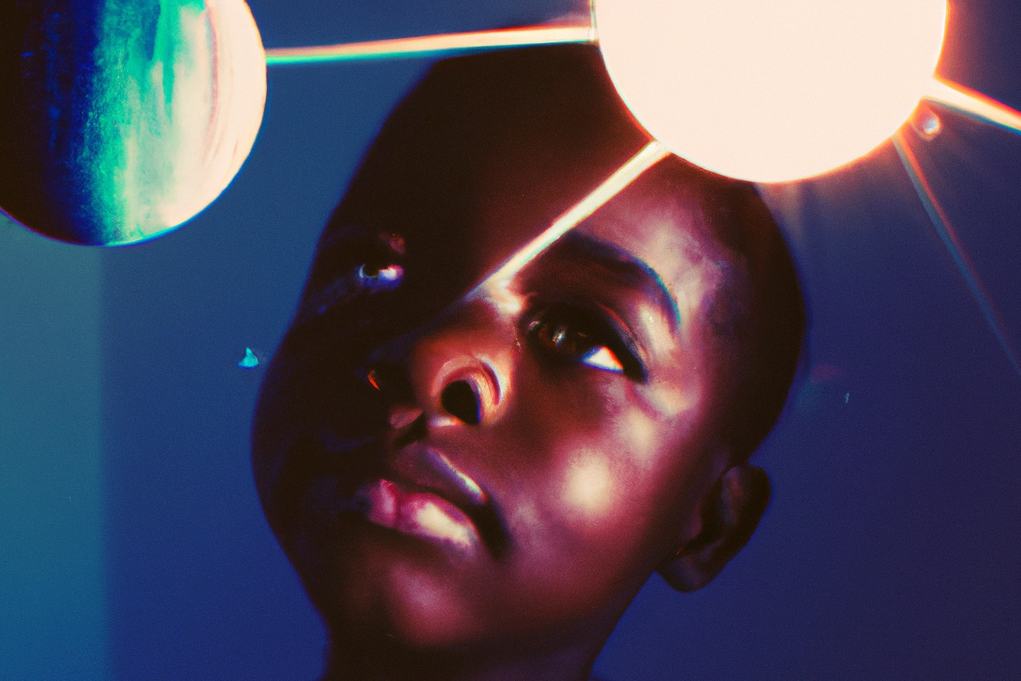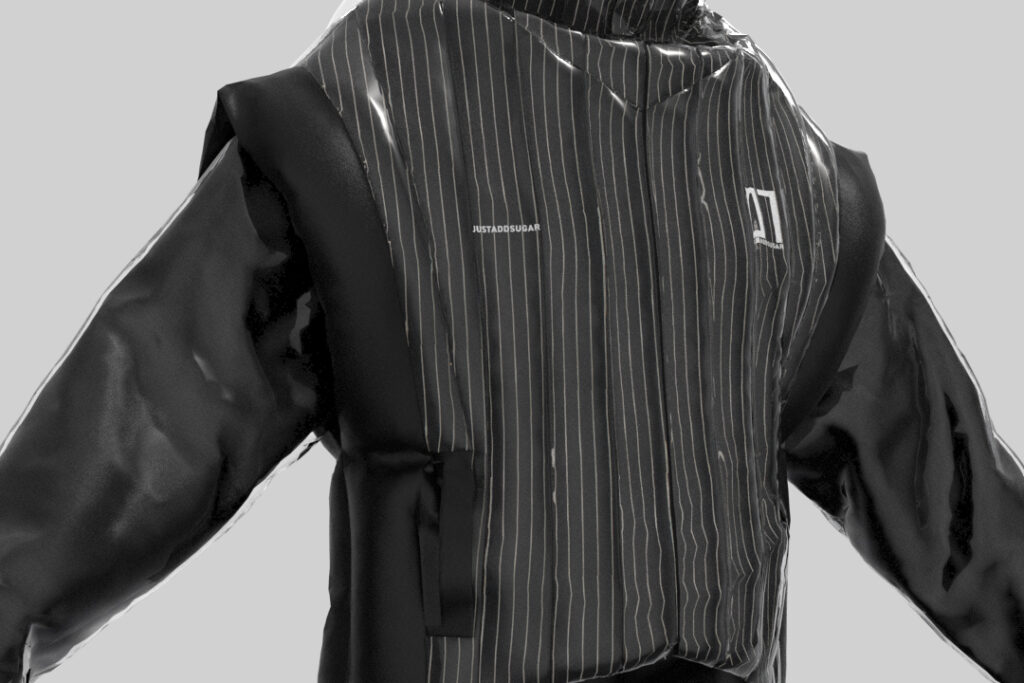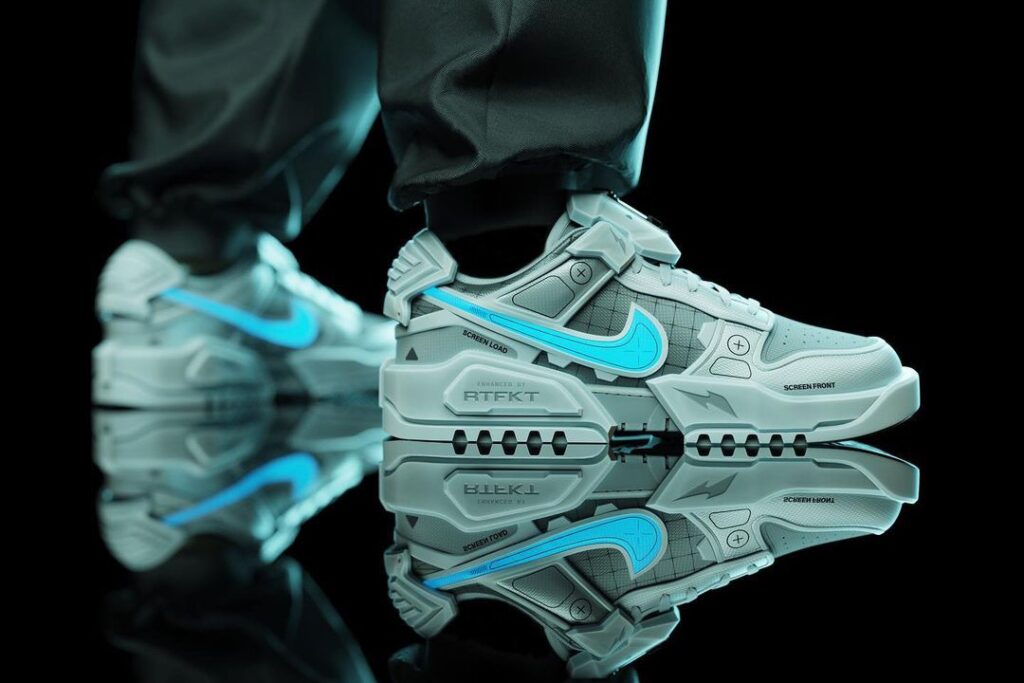Branded sportswear labels have possibly carried out some of the most functional strategies as far as successfully stepping into the metaverse goes. This metaverse and NFT young market have been under fire, particularly in the past few months, seeing how the bubble inflated by the initial hype has quickly burst. Arguably falling to its apparent demise just as fast as it first catapulted to the top. However, not all hope is lost. There’s more than one sportswear company that simply jumped on the hype bandwagon only to hop off as soon as it became clear that we were headed deep into a bear market. But many sportswear brands have understood the true value of the Metaverse and invested in long-term strategies, not only monetarily but also commitment-wise.
Come to think of it it’s not all that surprising that sports brands would be the first to enter the Metaverse and succeed in doing so. After all, the Metaverse has become the arena where fashion and gaming meet, and sports have always been a salient branch. Esports alone is a market of 1.22 billion USD, expected to hit a value of 1.44 billion USD by the end of 2022. Therefore it’s kind of fair to say that sports brands had their way paved into the Metaverse already. The potential for an engaged, passionate community was there, up for grabs. It was a matter of taking the right steps, and it seems like some brands have really hit the nail on the head with this one.
What is the key to a successful sport brand Metaverse strategy?
The key to a sport brand succeeding in the Metaverse is investing in a long-term functional strategy focused on community engagement. And then committing to it. That’s it.
It might seem like a simplistic idea. It might sound like we’re stating the obvious. But let’s just say it for the hundredth time: Many sportswear companies that initially jumped into the NFT market and the Metaverse did so because it seemed like it was a move that could generate quite a bit of revenue in a ridiculous amount of time. Unfortunately, all this did was make the bubble grow to exorbitant levels and eventually burst as the growth experienced was clearly unsustainable. Nevertheless, some sports clothing brands have taken their time to figure out why NFTs and the Metaverse truly work, and it’s because of the faithful and loyal community that continues to support and uphold it.
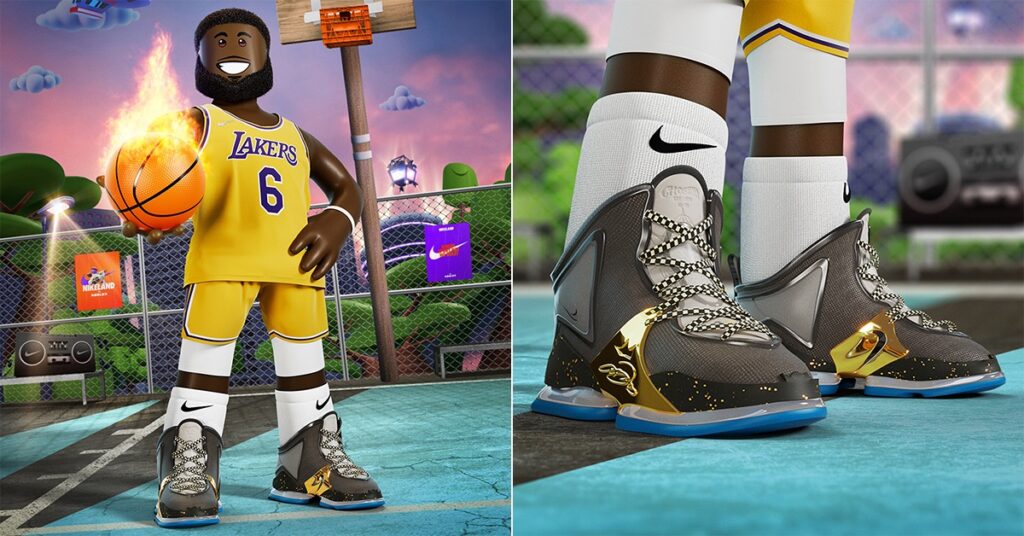
Nike: The sport brand with one of the seemingly better Web3 attitudes
Nike has kind of become a leading example when it comes to how to enter the Metaverse space. Instead of bulldozing their way through as the industry giant that they are, they began by dipping their toes into the Metaverse by holding the hand of those who knew a hell of a lot more than them. We’re talking, of course, about RTFKT.
Sneakers were one of the first collectables that hit it big in the NFT market. NFT sneakers made sense. Hypebeasts are extraordinarily passionate and so the fact that this market translated well into the digiverse is understandable. Collecting sneakers has always been about the clout that came along with them. If you owned a rare pair of sneakers you wouldn’t wear them, you’d showcase them. This is why NFT sneakers were such a success, the appeal was about collecting them, not wearing them. Still, since most of these NFT sneakers came with a physical iteration after purchasing them, you had the option to do both.
Anyhow, let’s stay on track. NFT sneakers hit it big. RTFKT quickly became the most admired, followed, and successful NFT sneaker producer. Nike then acquired RTFKT and closed 2021 with a bang. Surely any brand could have bought RTFKTF and triumphed with a move like this right? Nope. Nike had been preparing for this for a long time.
Nike had their eyes on NFT sneakers long before RTFKT
Nike had been slowly but surely building the foundation for a solid stance in the Metaverse long before NFTs became word of mouth. The first time Nike partnered with Roblox was for Nike Air Max Day in 2019, and in November 2021, a month before acquiring RTFKT, it inaugurated NIKELAND on Roblox.
Nonetheless, what marks the difference between NIKELAND and other Metaverse initiatives – remember that huge fail of a Metaverse rave? – is the fact that Nike has continued to curate and nurture its community through NIKELAND and its other digital ventures. Nike has continued to add value to the customer’s digital experience, proving that NIKELAND is a space worth investing in and coming back to, rather than the kind of place you visit for a one-off promotion or exciting event. It’s a universe followers can explore and experience. For example, during the NBA All-Star Week, LeBron James actually visited NIKELAND to coach and engage with players. Said players received rewards according to their gameplay such as access to exclusive virtual products, like LeBron 19 styles.
A sport brand that is seemingly late to the game, yet utterly prepared: PUMA
A sport brand that had remained rather silent up until earlier this year regarding the Metaverse was PUMA. Perhaps this was for a good reason. Rather than rushing into the Metaverse game, PUMA took its time to make its move. And it has made it in the perfect direction. How? By entering New Tokyo, a virtual city. PUMA has made its way into no less than 10KTF, a shop known for its urban streetwear collectables and steadfast followers. The shop, owned by Wagmi-san, known as the Artisan of the Metaverse, is highly respected by the NFT community. As such, managing to foray into it is quite the accomplishment for a physical industry giant. We can’t imagine a larger stamp of approval. PUMA has taken its step into the Metaverse in a truly legit manner.

Source: Business Wire
10KTF is not the sort of place one would peruse unless you were in the know NFT community-wise. So PUMA gaining access to and minting its digital products there speaks volumes of its research, dedication, investment, and commitment to the Metaverse. This earned PUMA the respect of the NFT community, because if Wagmi-san vouched for PUMA, how could the Metaverse community not follow suit?
All in all, it’s pretty clear… Community is at the heart of it all
It always is.

